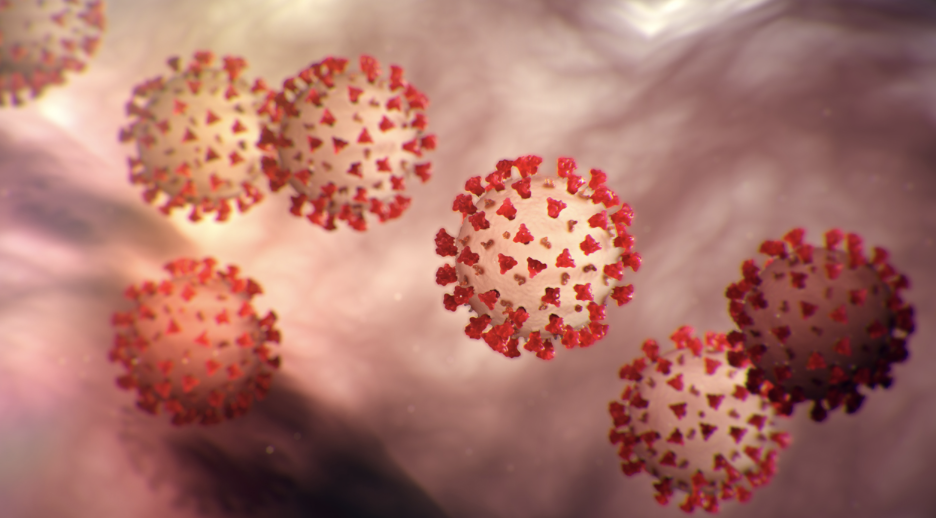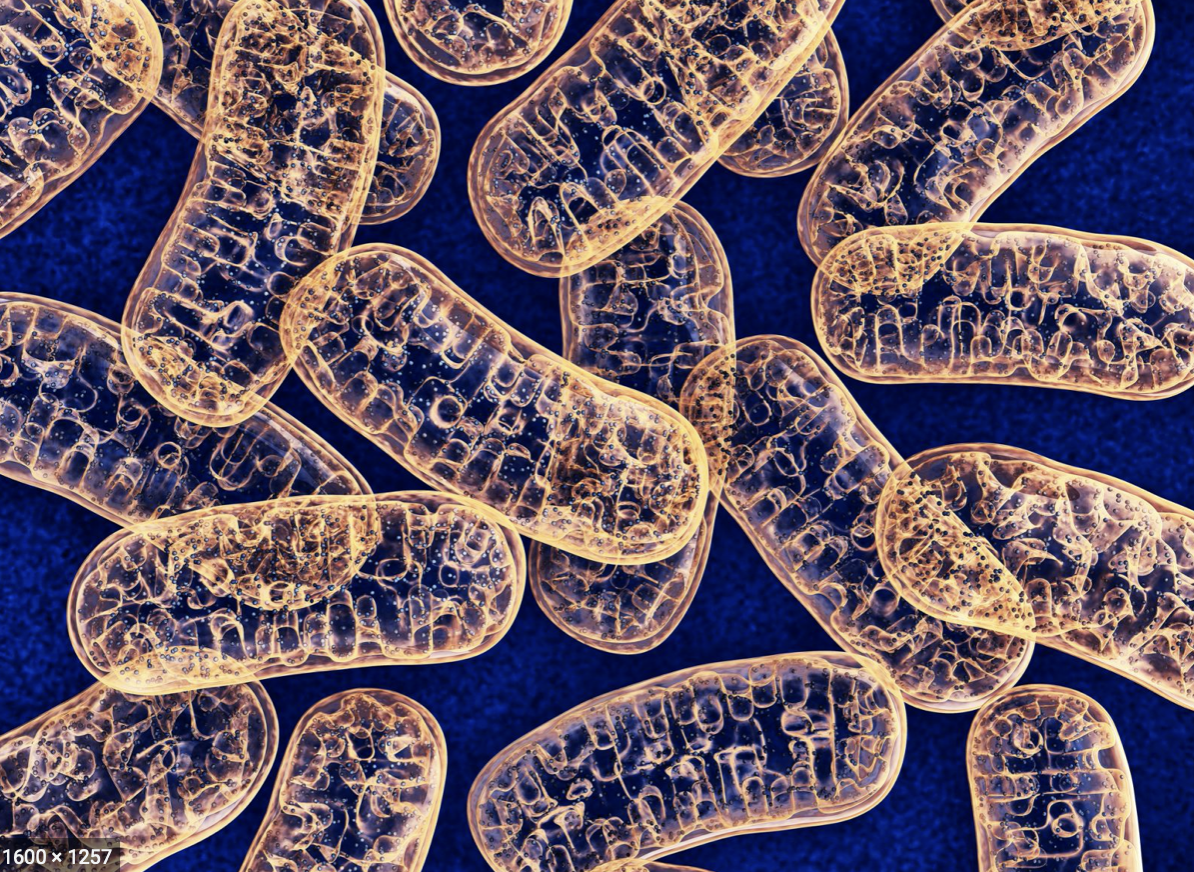*This article was written with information provided by Mohammed Shameer Iqbal.
Artificial Intelligence, or AI, has had a continuously changing definition over the past 50 years. An overarching approach to AI is any machine that is non-human but still able to process information to the same capacity as humans. Machine learning is one technique that is used for the achievement of Artificial Intelligence. Machine learning uses the principles of feeding the machine algorithms so that the machine can detect patterns and trends in similar situations that it is presented with in the future. This allows the machine to handle situations through analysis, observation and self-training. Deep learning is a subcategory of machine learning that challenges the machine to analyze data with similar logic that humans use to make decisions. This technique was inspired by neural systems that are found in the brains of humans. AI can be categorized as being either strong or weak. When a system has weak AI, it is programmed to have one purpose, strong AI is for far more complex issues. Ideally, strong AI would function to the same, or better capacity as a human. Strong artificial intelligence would have the same learning experiences as a child to learn reasoning, perception and basic social skills.
Inherently, AI is not supposed to be biased with the information that it receives, the intent for an AI machine is to recognize patterns from the various data that is given to the machine and then take actions from this data. However, one of the larger issues of AI is that the data that is being collected for the machine to be fed typically has a bias associated with it. Joy Buolamwini, a MIT grad Student, has been researching the intersection of inclusion and machine learning. She has encountered many situations in which a facial recognition program did not recognize her face due to her darker complexion, this was due to an algorithmic bias. Essentially, the training sets of faces that had been given to the machine weren’t diverse enough. To rectify this situation, when coders are feeding their systems information, they must ensure that the information is a actual representative portion of the population. Buolamwini is battling this algorithmic bias by challenging coders to make social change a priority with their teams through diversity. Additionally, she has been inviting people to help audit existing AI programs to try and ensure that diversity and inclusion are at the forefront of this field.
That being said, AI has a large capacity to change the way everyday tasks are performed. Technology like self-driving cars, voice recognition and tools for medical diagnosis are just some examples of influential AI systems. Artificial intelligence systems have been recently seen as a tool for rural communities in different parts of the world to revolutionize the way that they are performing certain tasks. Rural communities tend to have inadequate access to certain services, specifically services like specialty doctors and specialized diagnostic equipment. Additionally, many rural communities lack funding and infrastructure that supports these types of services. In recent years, AI has been used as a tool to help with the diagnosing of certain cancers. Preliminary testing has been done in certain rural populations throughout China to aid in the diagnosis of deadly types of lung cancer. The technology was able to detect nodules in the lungs that are typically very hard to diagnose. AI is a beneficial tool for these type of diagnostics as the system analyzes an immense number of cases and photos from urban areas. Thus, a patient’s blood test results or photos can be cross-referenced to obtain a quicker diagnosis without the patient leaving their community. Although this type of technology is the cornerstone of healthcare and interaction with patients, it is not a technique that will replace the healthcare practitioner. Currently, long-term illnesses do not have the capacity to be in this conversation as most health care practitioners argue that these type of chronic illnesses cannot be managed through analytics and machine learning. Ultimately, AI analytics should be used as a second pair of eyes to the specialist, inducing quicker diagnosis rates and more intelligent surgery techniques.
However, as Artificial Intelligence becomes more prominent in our society it is important to be critical of both the positives and shortcomings of this technology. A significant cross road has been reached in the field of AI, this technology can be extremely beneficial or have detrimental effects. As a society, it must be recognised to whom will take responsibility of AI technology. This past week, a pedestrian in Arizona was hit by a self-driving Uber car, being the first case of a death involving a self-driving car. This situation brings light to important questions like; if a self-driving car hurts someone, what is the proper protocol to rectify this situation? Many of these issues can stem from the lack of legislation that is currently in place to debunk similar questions that are being asked. Particular priorities for policy makers should be to develop frameworks that have the capacity for adaptation in the future. The field of artificial intelligence is fast-paced and dynamic; policies must be able to accurately depict this. Currently, prevalent conversations in the field of AI are on the subject of personal privacy; how is the data that is being processed and store for AI purposes breaching personal privacy. The use of Artificial Intelligence on a daily basis brings forward many challenging ethical decisions that cannot be ignored.
Acadia has been a larger supporter and champion in the field of Artificial Intelligence. Through various specific undergraduate classes through the faculty of Computer Science and Masters students, there has been no shortage of engagement at Acadia about Artificial Intelligence. One of the larger events hosted at Acadia is the robotic competition that occurs every winter semester. A multitude of students, typically between the ages of 12-18 participate in various different challenges over a weekend. This year the main task was to develop an autonomous robot that could both collect tennis balls and place them in a basket. Acadia Robotics intends to engage school-aged students in technology, mathematics that stresses activities with team-work, critical thinking skills and problem solving.
Recently, Masters student Tanya Monga was highlighted on Acadia University’s Facebook page. Monga was discussing some of the highlights of her research which includes the use of image processing and machine learning technologies. Her research focuses on the development of maps for vineyards to predict the yield of the crop. Thus, this technology can save the farmer significant money and time throughout the season as they can better allocate their resources.
As this technology continues to develop, there will be many large, controversial issues that require cross-disciplinary outlooks. Issues such as ethical concerns, the development of dynamic legal frameworks and trust from consumers. Nonetheless, it is evident that there is a proper application for this type of technology in our society both through improved access to medical services and benefits that are relevant to agricultural sectors.




